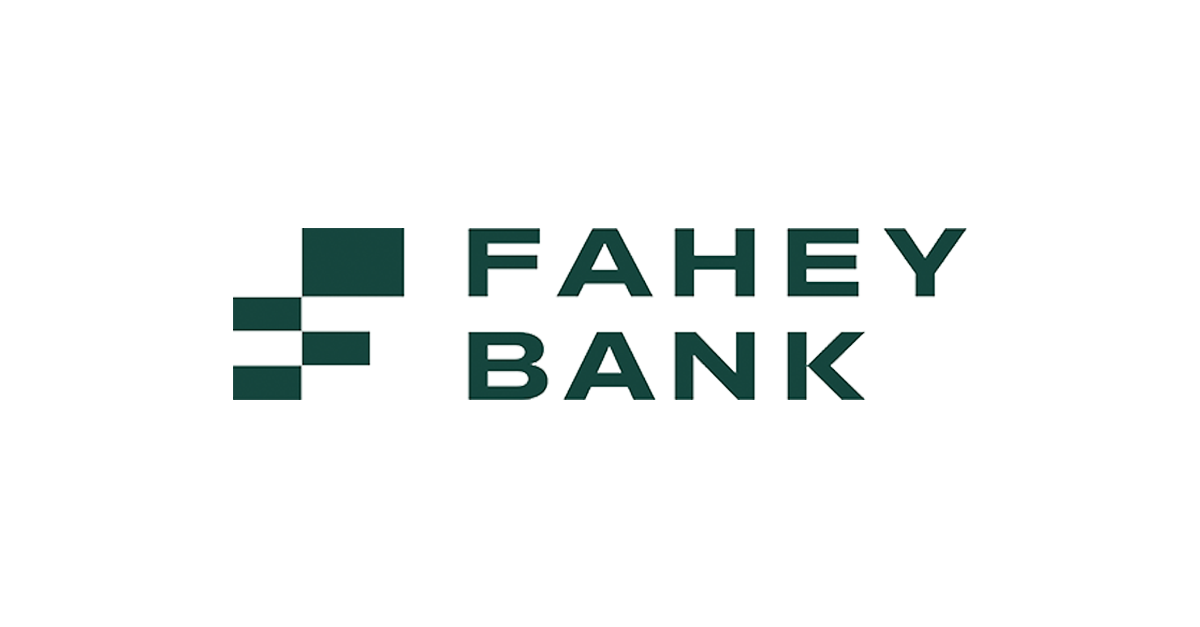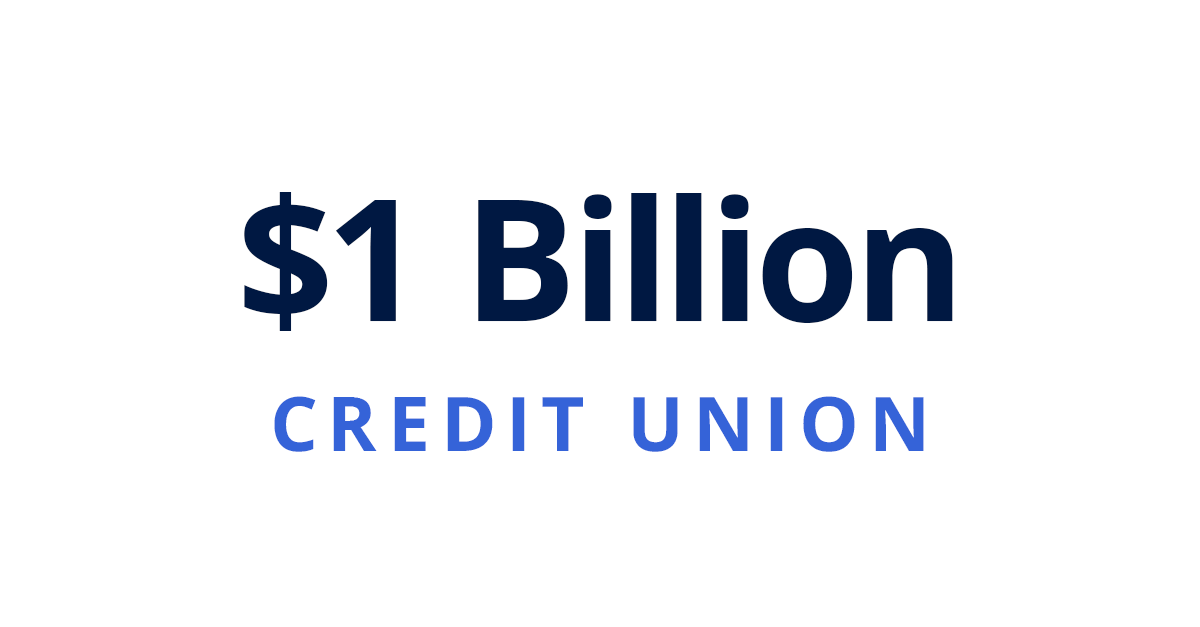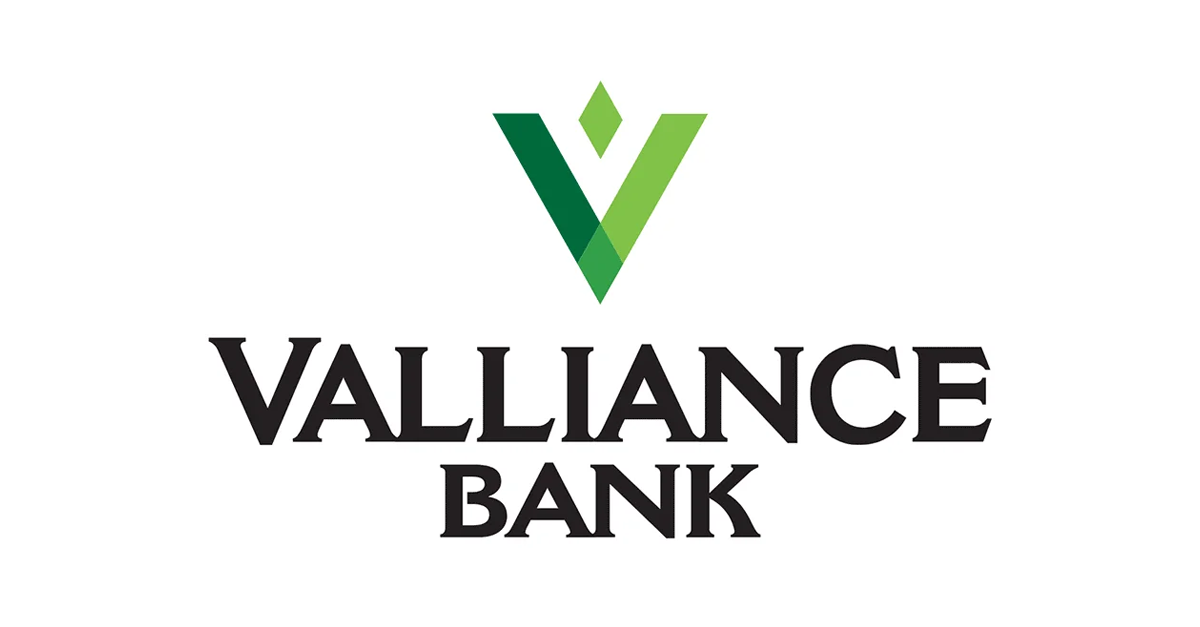
The Fairfield National Bank: Nrisk Implementation Study
Meet a Bank CRO Whose Team Is Successfully Implementing Nrisk
Rich Montgomery and his team at The Fairfield National Bank in Illinois are using Nrisk to create a comprehensive risk profile across the entire enterprise, with regulations, controls, mitigation actions, and other critical information connected to each regulation.

How Do You Strengthen Your Institution’s ERM Profile?
Table of Contents:
- Meet Rich, a CRO who is successfully implementing our enterprise risk management solution (Nrisk)
- Enter Nrisk
- FNB risk team's process for implementing Nrisk
- Long-term benefits of Nrisk
- Notes for implementation
At Ncontracts, we understand that managing risk at a financial institution is one of the most challenging jobs in the industry.
From risk tolerance to big picture questions about how to manage risk and remain compliant with a growing number of federal and state laws and regulations, it’s a role that balances creative and strategic thinking with administrative and procedural challenges such as:
- How do you keep up with the compliance risk posed by regulatory change?
- How do you create an enterprise risk management (ERM) profile?
- How do you track controls and mitigation efforts?
- How do you create a risk appetite profile that will be understood and utilized throughout your organization?
- Where do you even begin to build a risk management framework?
These are questions of implementation.
As a risk professional, you want to do more than just survive the day without any compliance or risk problems. You want to create a framework that leverages risk to your institution’s advantage and doesn’t just minimize or avoid risk. Yet immediate demands make this type of high-level structuring extremely difficult.
Ncontracts’ Nrisk is a secure, online risk management solution built specifically for financial institutions with the tools to better monitor, report on, and communicate risk internally and externally. Built as a knowledge as a service (KaaS) platform, it hosts both functionality and model content to help you better align your institution’s ERM program with its strategic goals.
But how do you implement Nrisk into your existing institution to maximize its value and potential?
Meet Rich, a CRO Who Is Successfully Implementing Nrisk
We recently talked with a risk executive who is in the process of creating a comprehensive ERM profile and integrating it throughout his bank.
Rich has served the banking industry for more than 25 years, with much of that time spent as an auditor. He’s been with The Fairfield National Bank full time since 2019 and in his current position as CRO for one year.
When Rich took on the position of CRO, one of his first priorities was to help move the organization from using Excel spreadsheets into more efficient, effective tools.
While Excel spreadsheets gave Rich’s team a place to keep track of all the regulations, it did not allow the granularity, collaborative empowerment, or reporting ease Rich needed. For example, Rich and his team were unable to track and manage feedback in Excel, a critical piece of Rich’s long-term implementation plan. He also needed a tool that would allow the team to assign control assessments and respond, track, and connect all risk activities to the applicable regulations.
Rich wanted to build an ERM profile that was comprehensive, efficient, and scalable throughout the various departments and business lines at his bank. He knows collaboration is critical to the success of any risk management program, and Excel spreadsheets weren’t providing the level of collaboration and tracking he needed. In short, Excel was an inadequate tool for implementing Rich’s long-term initiatives.
As an existing Nvendor and Nfindings user, Rich also wanted a risk solution that integrated with those essential applications.
Enter Nrisk
When Rich started with Nrisk, he had lofty, but not unrealistic, expectations.
Rich and his team read various compliance regulations to build out his bank’s enterprise risk management profile. Beginning summer 2022, Nrisk began offering templates for many compliance regulations. Rich and his team now review them as the beginning point for risk assessment completion. The team goal is to create an ERM profile that:
- Refers to specific regulations and guidance within controls so users can easily access them and understand why certain mitigation steps are necessary.
- Helps foster a risk culture by making it easier for everyone throughout the organization to take required actions, view control-related regulations, and store a record of all mitigation efforts.
- Controls the level of granularity so people aren’t buried in minutiae.
- Provides long-term continuity with centralized storage so departments can collaborate and retain institutional knowledge when turnover occurs.
- Simplifies the control assessment process.
While it will take time for the FNB risk team to fully implement the bank’s ERM profile, Nrisk is already becoming an invaluable risk management tool.
FNB Risk Team’s Process for Implementing Nrisk
When implementing Nrisk into the bank’s existing system, the risk team used a uniquely strategic and intelligent approach:
Step #1: Take on the most significant risk first.
Regulatory compliance risk was considered the most significant risk the bank faced. The FNB risk team began their journey by identifying risks and mitigating controls for various compliance regulations. Wherever they had an opportunity to leverage Nrisk templates, they did. Rather than get overwhelmed with trying to address every single risk at once, they started with what the bank decided was most important.
Step #2: Do the basics with that initial risk.
Rich’s team began by focusing on regulatory compliance, making sure they included everything that needed to be part of the risk system. They attached links to the governing regulations, listed out control assessments, and linked the controls to the appropriate parties to handle them with clear instructions.
Step #3: Create a feedback and training loop.
Once the controls were in place, the next step was to have people leave notes and feedback. Not only did this approach give the CRO and risk managers visibility into risk management, but it also got the collaborative conversation started. Rich was able to see what was working and what wasn’t and uncover areas of confusion. This enabled him to improve things going forward.
Step #4: Make adjustments.
Once feedback was received and the conversation was underway, adjustments could be made, when necessary, to refine the risk management process. Some were substantive changes, such as how a specific control was managed or communicated. Others were more administrative, like who gets assigned to a control and how the risk workload is distributed. The actual adjustments will differ in each organization, but the beauty of Nrisk is that it allows for significant adjustment and personal tailoring to meet each institution’s unique needs.
Step #5: Repeat.
In the first phase of implementation, Rich and his team learned a lot about how to create and communicate controls. They applied that knowledge to create even more effective controls for other risks, and they have continued that process with each successive risk, improving with each new effort.
Quick overview
Products: Nrisk
Using Nrisk helps FNB:
- Establish clear guidelines for everyone at the institution to follow
- Show everyone how to do their part to manage risk
- Improve auditing and reporting processes
- Foster clear communication across business units
- Create efficiencies throughout the organization
- Empower his bank to leverage risk rather than simply minimize or avoid it
Call us to schedule a demo today
Align your enterprise risk management program with your strategic goals with a solution built specifically for financial institutions to better monitor, report on, and communicate risk internally and externally.
Long-Term Benefits of Nrisk
Rich’s plan is to create a uniform, effective risk management profile for his bank, with Nrisk as a critical partner in that process.
He noted efficiency gains by being able to pull in-depth, tailored reports in minutes that were previously unavailable using Excel templates. The process for communicating feedback was especially helpful for refining controls and ensuring everyone was on the same page.
Other benefits Rich mentioned include:
- Integration of Nrisk with compliance concerns
- Compatibility with Nvendor and Nfindings
- Unlimited customization through tagging
- Ability to increase or decrease residual risk scores within the tool, including line graphs that show the effectiveness of a given control over time
- The in-depth help received from Ncontracts, including training videos that teach the details of implementation
- Aggressive pricing that works well for small to mid-sized financial institutions
Rich and his team still have work to do to create a comprehensive ERM profile throughout their bank, but they are well on their way, and Nrisk is proving invaluable to their work.
Notes for Implementation
There are numerous takeaways from Rich’s story to keep in mind as you implement Nrisk into your institution’s software ensemble.
Use Nrisk as a tool and a framework builder, not as a one-touch solution.
Perhaps in a perfect world there would be a software application that could do everything for risk managers. But managing risk is extremely complicated and demanding, requiring distinctly human ingenuity and analytical skills.
While Nrisk cannot determine your institution’s risk tolerances or make critical determinations for your risk department, Nrisk provides a tremendously valuable framework that helps you:
- Make critical determinations;
- Foster visibility, understanding, and collaboration throughout your organization; and
- Execute your risk goals effectively.
The FNB risk team was wise in how they used Nrisk to create a risk-aware culture and implement their ERM profile throughout the bank. You can do the same.
Use the supports available
Ncontracts has experts on staff to help you with the more difficult aspects of integration. Further, there are numerous training videos available, made by Ncontracts experts, to help you implement your ERM profile with Nrisk.
Rich took advantage of these resources, and they proved extremely helpful to his work.
Start big and work down, taking one step at a time
The FNB risk team was smart enough to know that Rome wasn’t built in a day. Starting from scratch, they determined the most serious risk factor that needed addressing, and they started there. When that was done, they went to the next most significant risk factor, and on down the line, improving the bank’s risk efforts with each successive risk.
It is important to avoid getting overwhelmed by the overall breadth of the task, especially if it keeps you from starting somewhere.
Take a long view and have a vision for where you want to go
Rich knew that it would take time to implement his vision using Nrisk, as it would with any software. And he also knew that risk management is never done. It is always a work in progress. Keeping up with the regulations, tracking mitigation efforts, assessing their effectiveness, and revising plans never stops.
Nrisk provided a critical tool for Rich and his team to enhance tracking, communication, and oversight of the ERM profile at their bank — a tool that allows for ongoing updating and improvement that will continue to grow with The Fairfield National Bank.
More Case Studies
Help visitors get the basic idea within a few seconds, so they understand what this section is about.

Fahey Bank Masters Risk Management

One Billion Credit Union Vendor Management
